Navigating the world of hormone replacement therapy (HRT) can feel overwhelming, especially with so much conflicting information out there. One of the biggest questions women face as they approach menopause is: When is the right time to start HRT—and does timing really matter? In this blog post, we’ll break down the latest science, debunk common myths, and help you understand how to identify your personal “therapeutic window.” Whether you’re in perimenopause or well past menopause, it’s never too late to learn how HRT can impact your health, brain, bones, and beyond.
Understanding the “Critical Window” Theory of Hormone Replacement
Hormone replacement therapy has seen its reputation wax and wane over the past few decades. For years, starting in the 1950s, HRT was a standard of care for women transitioning through menopause. Then, a poorly designed 2002 study—the Women’s Health Initiative—caused panic, leading to plummeting prescription rates and a cloud of misinformation that still lingers today.
The study’s fatal flaw? It enrolled women with an average age of 63—many already at high risk for heart disease, diabetes, and obesity, and excluded healthy women. Plus, the form of hormone therapy tested included synthetic progestins combined with equine estrogen (Premarin), which is now known to carry higher risks, especially when taken orally. Despite these limitations, the study was generalized to all women and all types of HRT, triggering years of fear around hormone therapy.
Since then, the science has evolved dramatically. Enter the “critical window” theory—a concept rooted in both new research and clinical wisdom. This theory suggests that starting HRT earlier, during the transition from perimenopause to menopause (or within a few years of your final period), maximizes the protective benefits for the brain, bones, and heart. It’s not just when you start, but how you start, and what forms and routes of hormones you use, that make all the difference.
How Estrogen, Progesterone, and Testosterone Shape Your Health
Estrogen is not just a reproductive hormone—it’s a full-body communicator. With the exception of two specific types of cells, every single cell in your body has estrogen receptors. When estrogen drops during menopause, we see sweeping changes: increases in vascular and systemic inflammation, metabolic shifts that raise risk for diabetes and obesity, bone loss, and even rapid remodeling in the brain—especially in key memory and cognition centers.
Progesterone plays an equally vital, though often underestimated, role. It primes the brain’s GABA receptors, which help you feel relaxed and sleep deeply. It’s your natural “chill out” hormone, steadily declining from your 30s onward and dropping sharply in your 40s. Many classic perimenopausal woes—poor sleep, anxiety, mid-cycle insomnia—are the first signs that your progesterone is sinking.
Testosterone isn’t just a male hormone. Women make four to five times as much testosterone as estrogen, and it steadily declines from your 20s through your 40s. When testosterone is optimal, women enjoy better mood, memory, motivation, muscle tone, and libido. Low testosterone often shows up well before menstrual periods stop. Despite its benefits, testosterone therapy for women remains underused due to outdated medical guidelines.
Spotting the Signals: Is It Time to Consider HRT?
How do you know if you’re in the ideal window for starting hormone replacement? The traditional advice—waiting until your period stops and hot flashes hit—misses the mark for many women. The transition into menopause, known as perimenopause, can span 7-10 years and is full of subtle (and not-so-subtle) signals your body gives you. Here’s what to watch for:
1. Disturbed Sleep and Nighttime Awakening
- Falling asleep on the couch, but waking between 1-3am for hours? Progesterone’s calming grip is loosening. Interrupted REM sleep and persistent insomnia are often the earliest windows into hormonal changes.
2. Mood Shifts, Anxiety, and Brain Fog
- Feel more anxious, forgetful, or “not yourself”? Both progesterone and testosterone impact neurotransmitter function in the brain. Their decline can derail your focus and emotional balance, even before your estrogen drops.
3. The “Sahara Desert” Effect and Genitourinary Changes
- Vaginal dryness, painful sex, urinary leakage, and frequent infections aren’t just age-related—they’re a sign estrogen is fading. Genitourinary syndrome of menopause can start while you’re still cycling.
4. Skin and Body Changes
- Fine lines, thinning skin, loss of elasticity, unexplained joint pain, “frozen shoulder,” heartburn and palpitations—these can all be tied to dwindling estrogen and testosterone.
5. Vasomotor Symptoms (Hot Flashes and Night Sweats)
- The media’s favorite symptom, but not every woman gets them. Absence of hot flashes does not mean your hormones are fine.
Listening to these warning bells—rather than just tracking periods—can help you catch the optimal window to begin therapy.
Debunking Myths: Is HRT Safe?
Let’s set the record straight. The greatest risks with HRT come from outdated practices: oral horse-derived estrogens and synthetic progestins, especially in women already years past menopause with pre-existing heart disease. Today, the gold standard is bioidentical hormones—plant-derived and chemically identical to human hormones.
For estrogen, topical application via cream, patch, pellet, or oil is preferred, bypassing the liver and slashing risk for clots and strokes. For progesterone, oral micronized progesterone (not a topical cream) is key for both uterine protection and calming brain effects. Testosterone is best given via topical preparations in women.
Fear-mongering headlines can’t keep up with recent robust studies—including a 2024 analysis of over 10 million women—which show that appropriately prescribed bioidentical HRT reduces all-cause mortality and the risk of heart disease, dementia, and osteoporosis, especially when started near the onset of menopause.
The Right HRT at the Right Time—Even If You’re “Late”
While starting earlier is ideal, it’s almost never too late to explore HRT if you’re symptomatic and otherwise healthy, even if you’re 10+ years past menopause. You may not recapture all the preventive effects for brain and heart, but you can still gain meaningful improvements in bone health, metabolism, mood, and quality of life.
For women with surgically-induced menopause (ovary removal), the need for HRT is even greater, regardless of age—sudden hormone deprivation has been linked to higher risks for dementia, cardiovascular disease, and rapid bone loss.
A Personalized Path: Testing, Symptoms, and the Whole-Body Approach
There’s no one-size-fits-all. The best clinicians look at not just your age or cycle, but comprehensive symptoms, specific lab markers during the second half of your cycle, metabolic health, stress hormones, and more before tailoring an HRT regimen. Sex hormones work alongside stress and metabolic hormones like insulin and cortisol—it’s a symphony, and disharmony breeds symptoms.
Diet, exercise, gut health, and blood sugar balance are powerful tools that work hand-in-hand with hormones to extend your healthspan—the years you live vibrantly, not just your lifespan.
Takeaway: Empower Your Next Chapter
Menopause is not the end—it’s a new season that can be navigated with wisdom and support. Don’t wait for crisis to consider HRT. Listen to your body’s subtle signals, seek proper testing and advice from hormone-literate practitioners, and remember: there’s no shame and immense benefit in advocating for your best health.
With the right approach, you can thrive in your next chapter—stronger, sharper, and full of vitality.
Ready for a personal approach? Expert clinics like The Minerva Project specialize in individualized HRT plans that blend metabolic, nutritional, and lifestyle strategies tailored to your unique needs. It’s your body—make your journey to menopause an empowered one.

